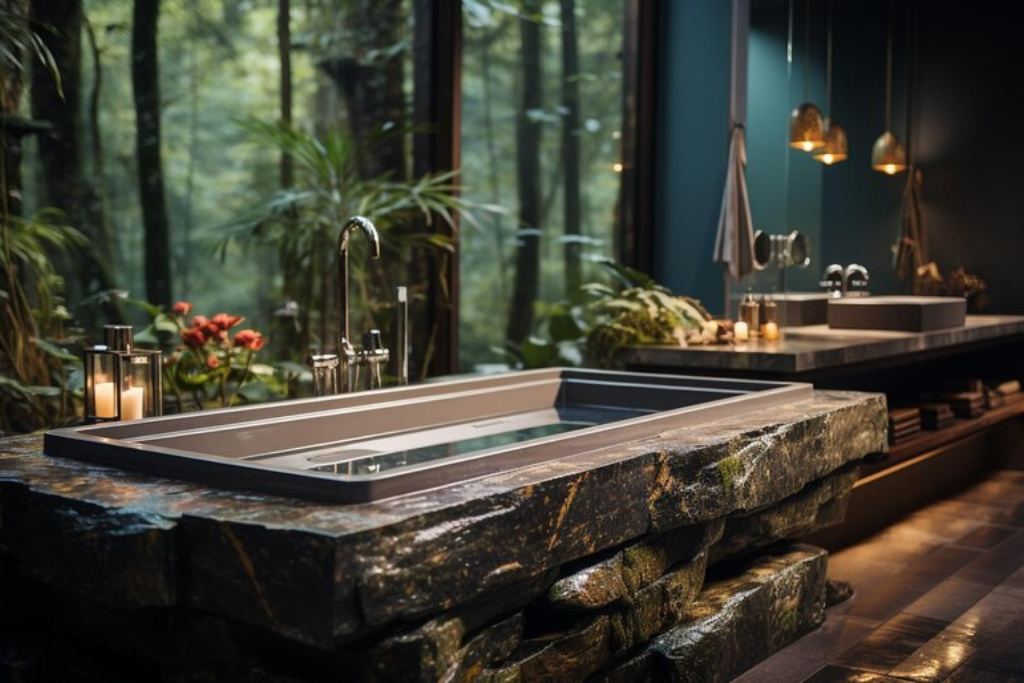Blog Details
- Home // Blog Details
.png)
The Benefits of Energy Efficient Ventilation Systems in India
India, with its diverse climates and rapidly growing urban centers, faces significant challenges in maintaining indoor air quality and energy efficiency. Traditional ventilation methods often fall short of addressing these issues, leading to increased energy consumption and poor air quality. However, energy-efficient ventilation systems offer a promising solution. In this blog, we will explore the advantages of energy-efficient ventilation systems, including cost savings, environmental impact, and overall benefits for health and comfort.
Understanding Energy-Efficient Ventilation Systems
Energy-efficient ventilation systems are designed to maximize the exchange of indoor and outdoor air while minimizing energy consumption. These systems use advanced technologies such as heat recovery, demand-controlled ventilation, and smart sensors to optimize airflow and maintain indoor air quality without excessive energy use.
Cost Savings
One of the most compelling benefits of energy-efficient ventilation systems is the potential for significant cost savings. Here’s how:
- Reduced Energy Consumption: Traditional ventilation systems often rely on energy-intensive methods to circulate air, such as running fans at full capacity regardless of need. Energy-efficient systems, on the other hand, adjust airflow based on real-time conditions, reducing unnecessary energy use.
- Lower Utility Bills: By consuming less energy, these systems can significantly lower utility bills. This is especially important in India, where energy costs can be a substantial part of household and business expenses.
- Improved HVAC Efficiency: Energy-efficient ventilation systems can work in tandem with heating, ventilation, and air conditioning (HVAC) systems to maintain optimal indoor temperatures. By reducing the workload on HVAC units, these systems help extend the lifespan of the equipment and reduce maintenance costs.
- Government Incentives: The Indian government offers various incentives and subsidies for adopting energy-efficient technologies. Installing such ventilation systems can qualify homeowners and businesses for financial benefits, further enhancing cost savings.
Environmental Impact
The environmental benefits of energy-efficient ventilation systems are significant, contributing to sustainability and reducing the carbon footprint. Here are some key points:
- Lower Carbon Emissions: Reduced energy consumption directly translates to lower carbon emissions. By optimizing energy use, energy-efficient ventilation systems help decrease the overall carbon footprint of buildings.
- Sustainable Practices: Utilizing these systems supports broader environmental goals by promoting sustainable practices. Energy-efficient systems often use eco-friendly materials and technologies, aligning with global efforts to combat climate change.
- Improved Air Quality: By effectively removing pollutants and ensuring a steady flow of fresh air, these systems improve indoor air quality. This is crucial in urban areas of India, where outdoor air pollution is a major concern. Cleaner indoor air contributes to better health and well-being, reducing the environmental burden of healthcare.
- Resource Conservation: Energy-efficient systems often incorporate features like heat recovery, which reuses energy from exhausted air to precondition incoming air. This reduces the need for additional heating or cooling, conserving natural resources.
Health and Comfort Benefits
In addition to cost and environmental benefits, energy-efficient ventilation systems offer numerous advantages for health and comfort:
- Enhanced Indoor Air Quality: These systems are designed to filter out pollutants, allergens, and toxins, providing cleaner and healthier air. This is particularly beneficial in India, where air pollution levels can be high.
- Consistent Airflow: Energy-efficient systems ensure a consistent and balanced airflow throughout the building, preventing issues such as drafts, hot spots, or stuffy rooms.
- Humidity Control: Proper ventilation helps maintain optimal humidity levels, preventing the growth of mold and mildew. This is especially important in India’s humid regions, where excessive moisture can damage buildings and affect health.
- Noise Reduction: Advanced energy-efficient systems are often quieter than traditional ventilation methods. This contributes to a more peaceful and comfortable indoor environment.
- Allergy Relief: By continuously circulating and filtering air, these systems can significantly reduce indoor allergens, providing relief to those with allergies and respiratory conditions.
The benefits of energy-efficient ventilation systems in India are manifold. From significant cost savings and environmental protection to enhanced health and comfort, these systems offer a comprehensive solution to many of the challenges faced by modern buildings. As the country continues to urbanize and prioritize sustainability, the adoption of energy-efficient ventilation systems will play a crucial role in shaping a healthier, more energy-efficient future.
Ready to transform your indoor environment with state-of-the-art ventilation solutions? Contact Proluxe today to discover how our energy-efficient systems can enhance your comfort, save costs, and contribute to a greener planet. Let Proluxe lead you to a future where efficiency meets excellence.

.jpg)
1.png)


1 Comments
Kalpvruksha Jdhav 09 June 2023 06:23 am
zzssssssss